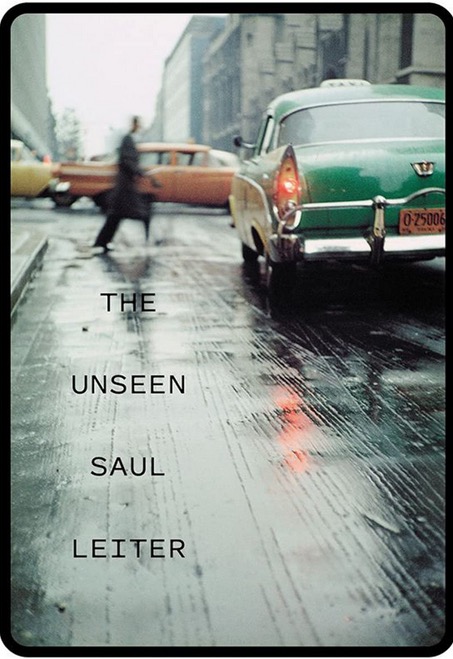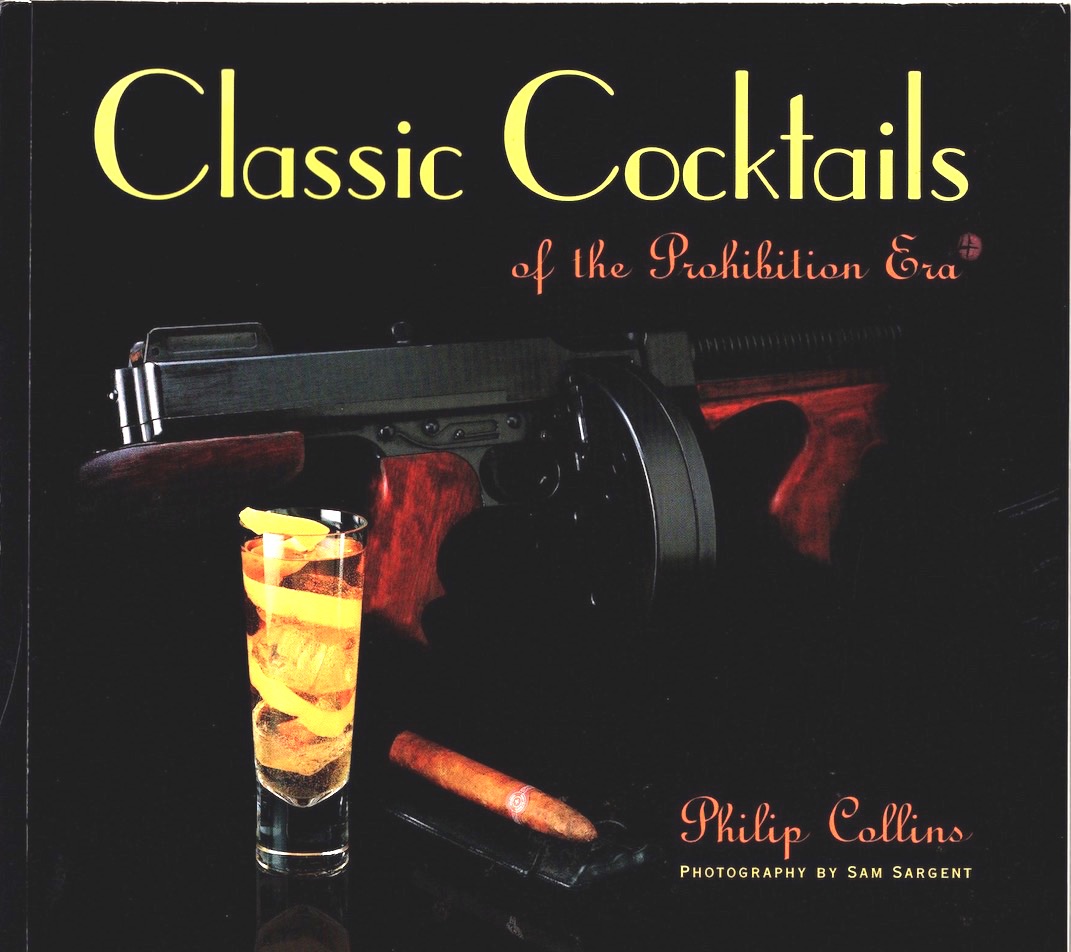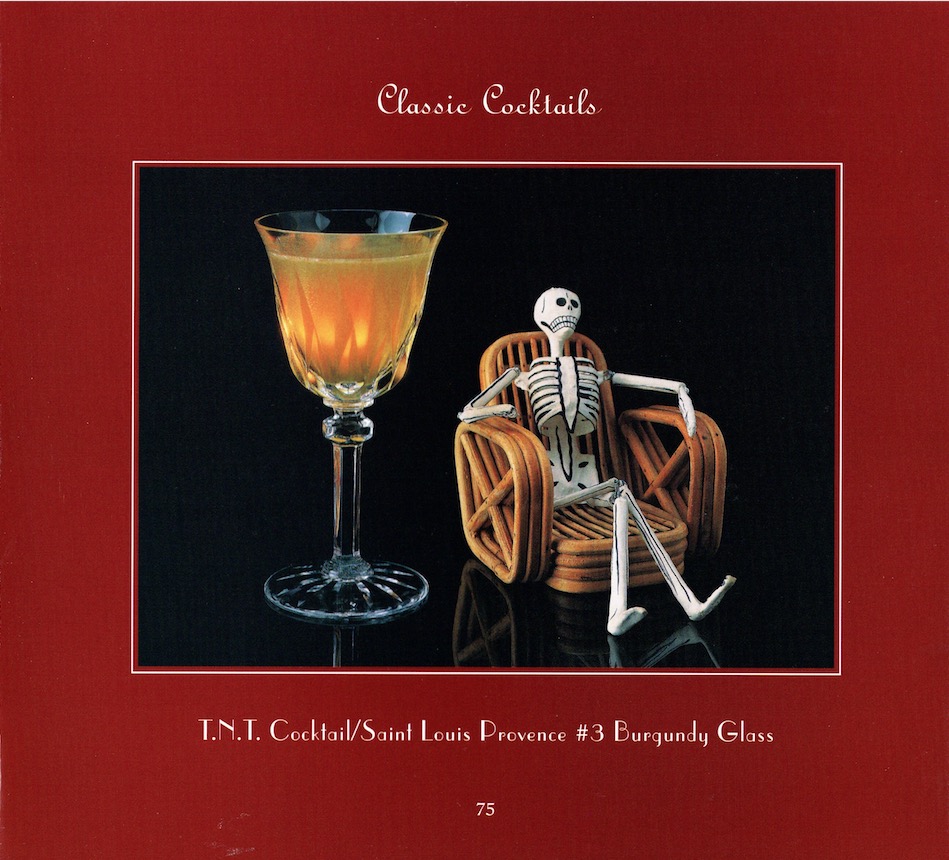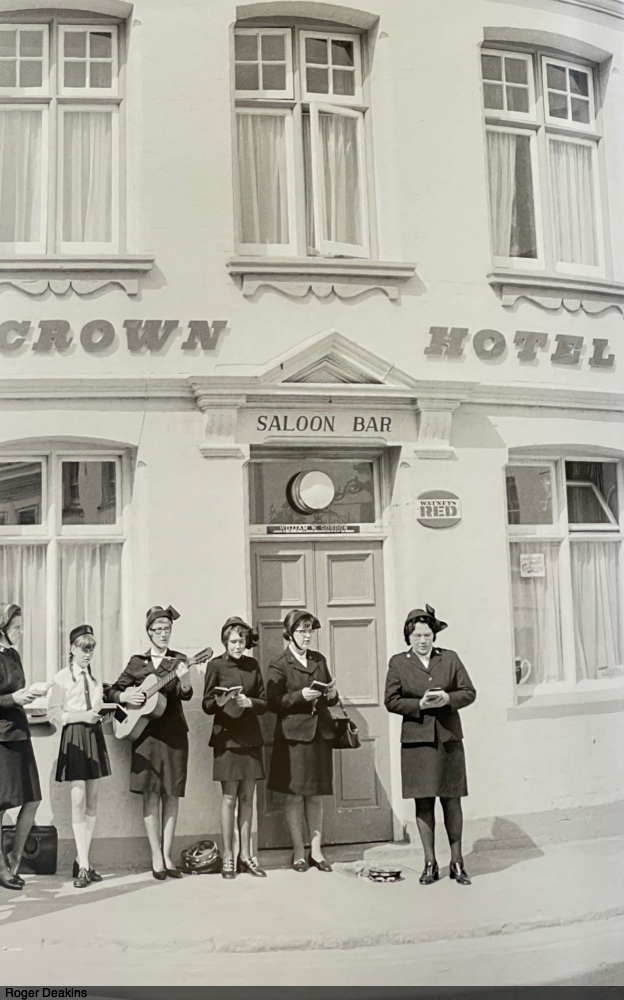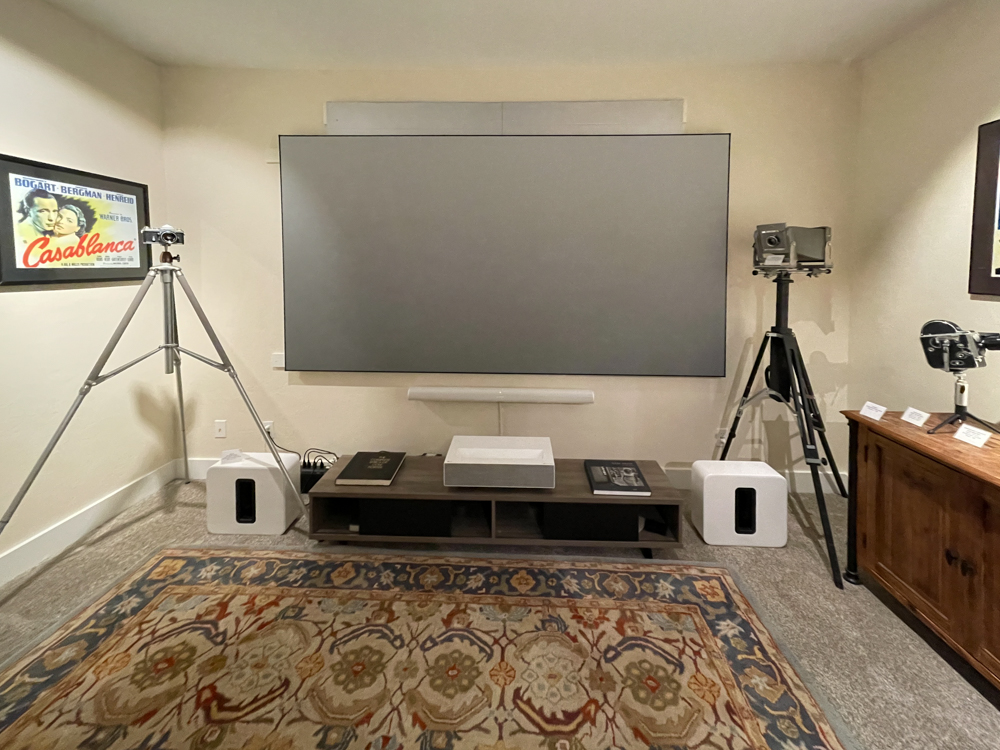A wonderful genre.
As a kid I well remember taking the Flying Scotsman from London to Dundee to both visit my sister, then a student at St. Andrew’s, and to pick up her gift of a Scottish Terrier. This was in 1960 and the trip inculcated in me a love of all things Scottish – terriers not the least of them – and of steam trains. Yes, you arrived grimy and smelly (my opening the window in a tunnel did not help matters) but the journey was truly greater than the arrival. The Scotsman was finally retired from long distance service in 1963 after a long and distinguished life.
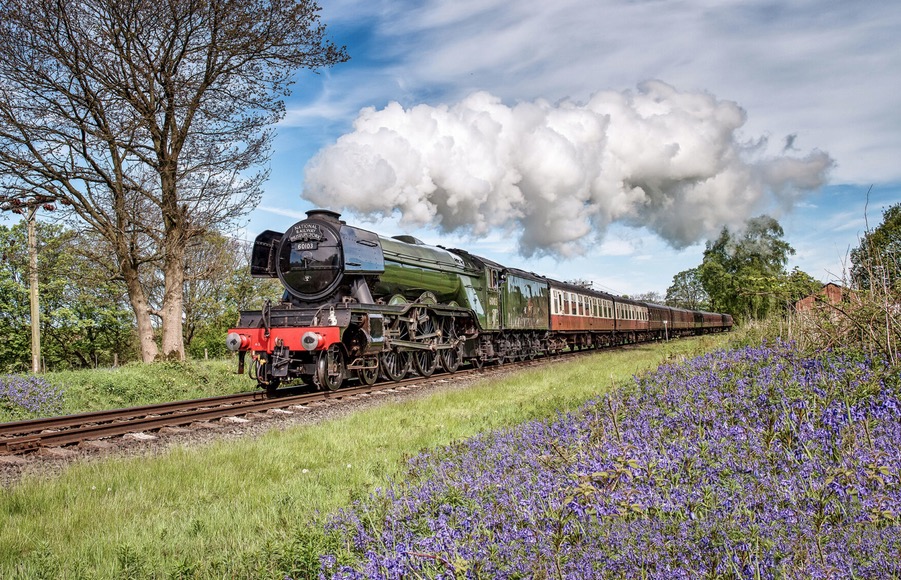
The Flying Scotsman. Power, majesty and beauty.
So it’s little wonder that my burgeoning movie collection contains no less than 29 films where the train is mostly the star:
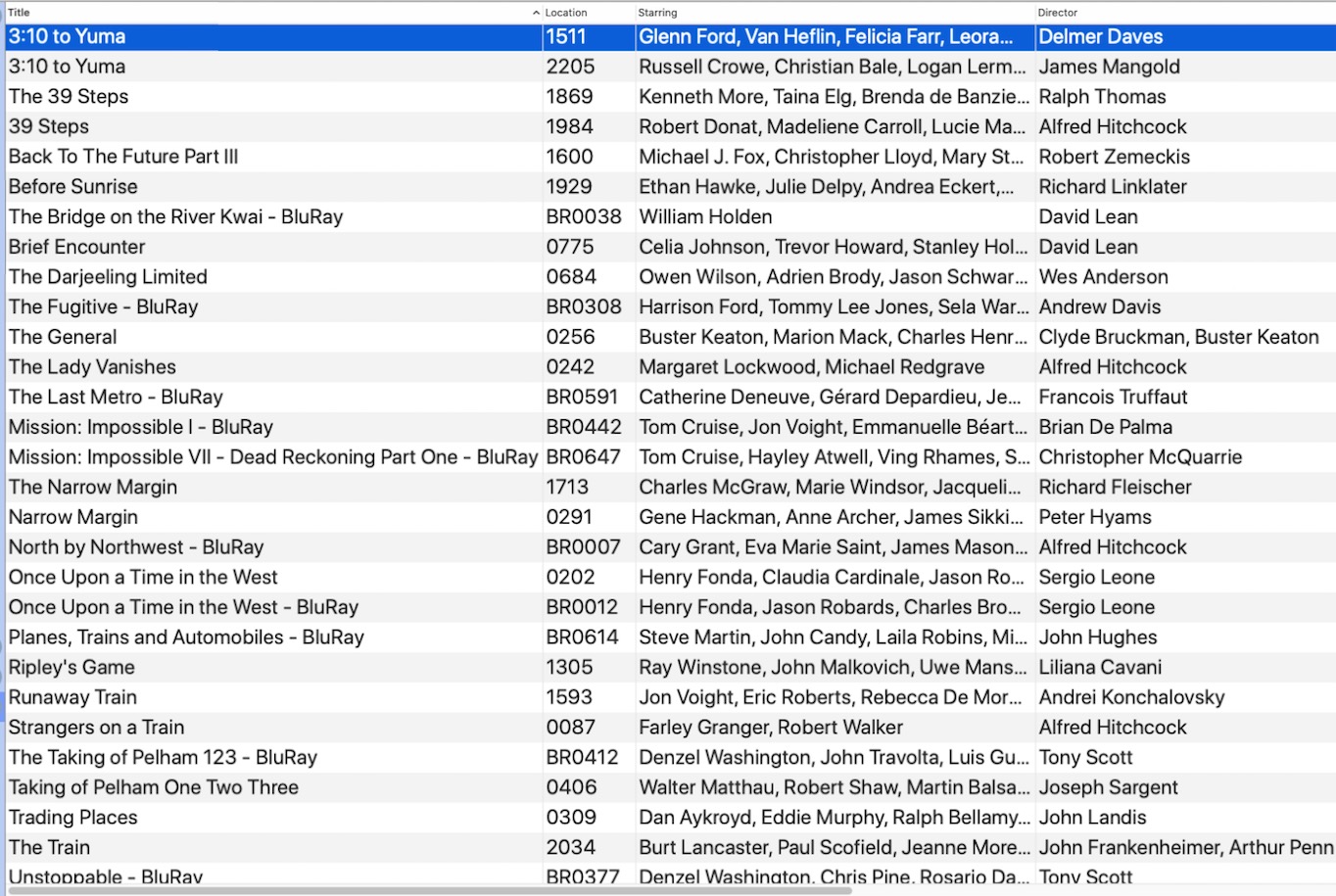
Train movies.
There are probably more, which I may have missed, but this is a decent start. The other day my son and I watched the latest ‘Mission Impossible” offering, part VII, and on our 123″ screen with a killer sound system it was a thrilling experience. Forget plot and dialog, the stunts and special effects were the best we have seen, with the last 40 minutes or so showcasing a thrilling train disaster.
Yet …. all the technology apart, this is far from the best train movie made as none compares with Buster Keaton’s ‘The General’ made in …. 1926. You not only disregard the script – there is none in this silent movie which makes it better than the asinine one in MI Part VII – it’s not widescreen this and seven channel that, but the strength of the story line, the timing of Keaton’s acting and the sheer hilarity of some of the set pieces beats anything made since.
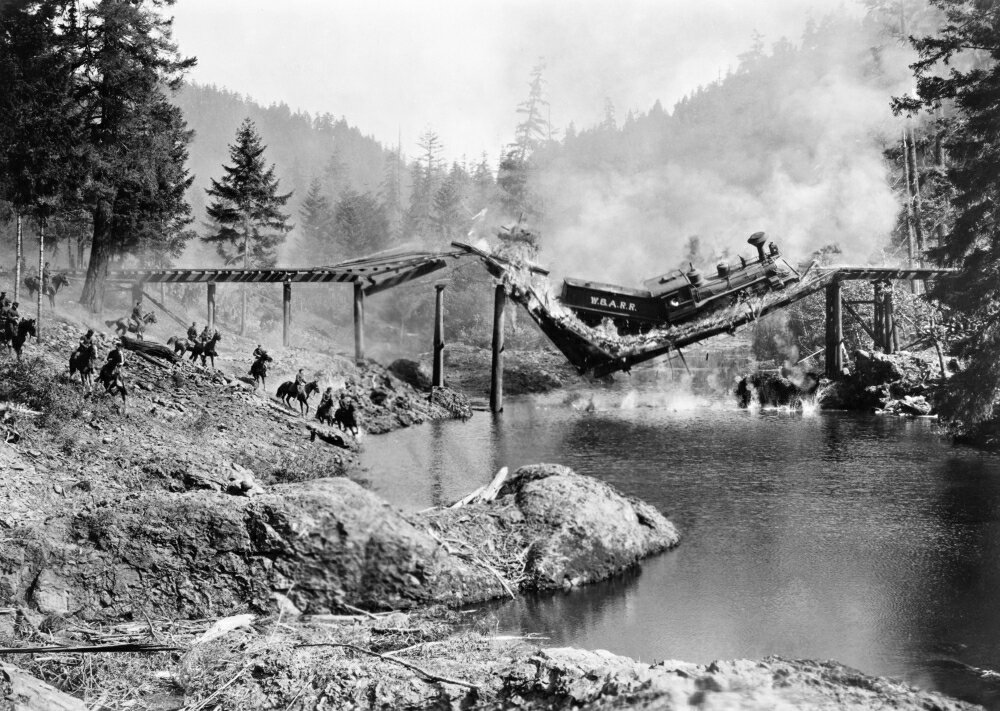
Buster Keaton sacrifies a perfectly good real train.
So encomiums to Mr. Cruise for his death defying stunts but if you want to see the real thing, go no further than The General.
